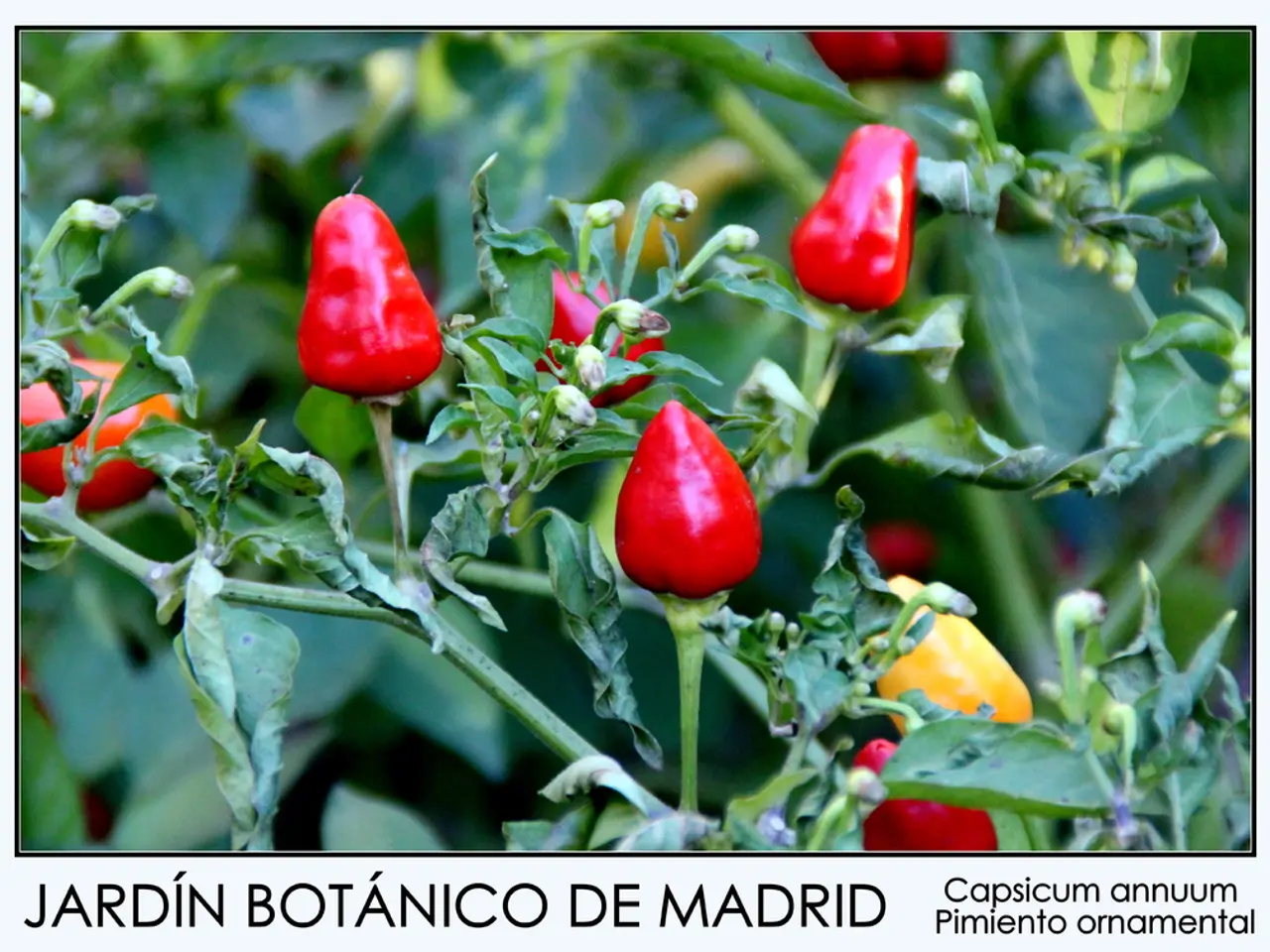Hydrangea was doused with white liquid, and it continued to bloom even during the coldest seasons.
In a recent article shared by the channel "Garden, Orchard, and Vegetable Patch," several methods for fertilizing hydrangeas and dealing with common tree issues such as moss, sooty mold, and lichen are discussed.
For hydrangea fertilization, kefir can be used as a natural fertilizer. Kefir is a white liquid containing live probiotics and nutrients that help enrich the soil microbiome, promoting lush, continuous blooming. To use kefir for hydrangeas, dilute it with water (for example, 1 part kefir to 10 parts water) and apply the diluted mixture directly to the soil around the base of the plants. Use this fertilizer once every 2-4 weeks during the growing and blooming season to encourage consistent flowering and robust plant health. Avoid applying kefir directly onto foliage to prevent any potential leaf damage.
Another method for hydrangea fertilization involves using acidic fertilizers, which are beneficial for hydrangeas, helping them to bloom profusely throughout the season.
When it comes to dealing with moss, sooty mold, and lichen on trees, a few methods are suggested. For moss, a mixture of baking soda and water can be used. For sooty mold, a solution of dish soap and water is recommended. Lichen can be treated with a mixture of equal parts of white vinegar and water.
It is important to note that these methods may require multiple applications for complete removal and that the article does not provide information on the timing or frequency of these treatments. Additionally, the article does not mention any potential side effects or risks associated with these methods.
For sooty mold, a third method involves replacing apple cider vinegar with lemon powder (a tablespoon per 5 liters of water). Another method involves using apple cider vinegar (20 grams per bucket of water) for the same purpose.
While the article does not discuss the prevention of moss, sooty mold, and lichen growth, it is essential to maintain a healthy and balanced tree ecosystem to minimize the likelihood of these issues occurring. Regularly inspecting trees for signs of these issues and addressing them promptly can help prevent more significant problems down the line.
In summary, kefir can be used as a natural microbial fertilizer for hydrangeas, while various methods are available for dealing with moss, sooty mold, and lichen on trees. Regular maintenance and prompt action when issues arise are key to maintaining a healthy and beautiful garden.
Incorporating kefir into home-and-garden routines can lead to improved hydrangea lifestyle, as its use as a natural fertilizer promotes lush, continuous blooming. To combat moss, sooty mold, and lichen on trees, household items such as baking soda, dish soap, and vinegar can be used as treatment methods, creating a healthy and balanced home-and-garden environment.




